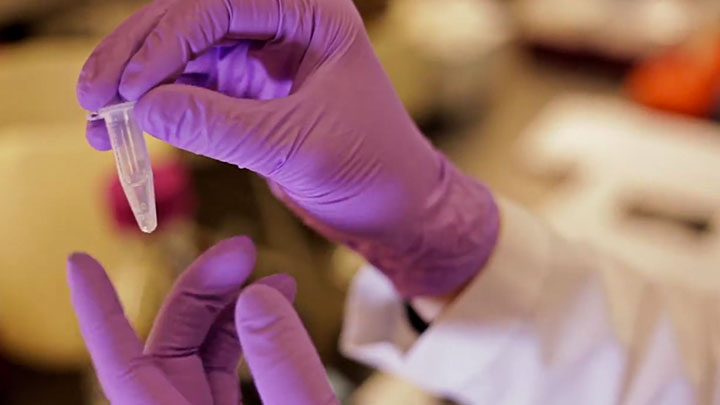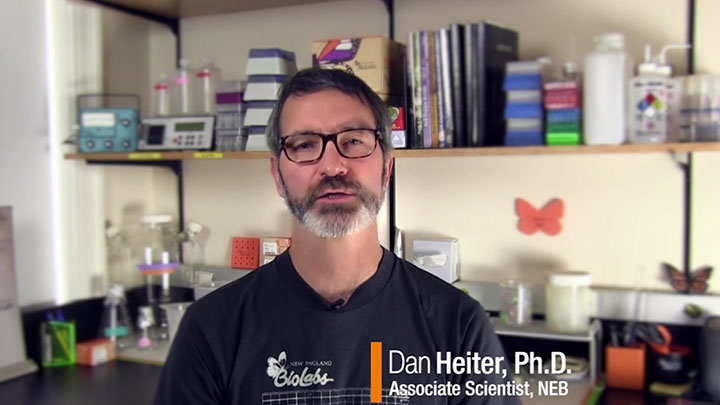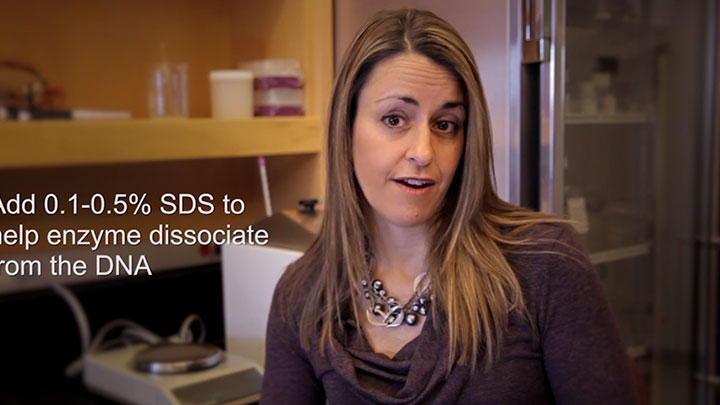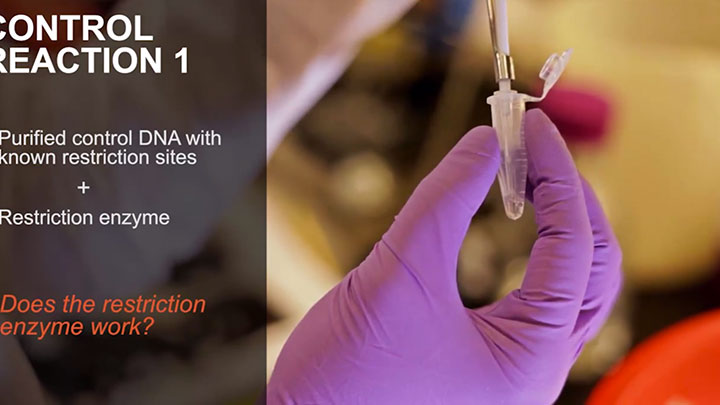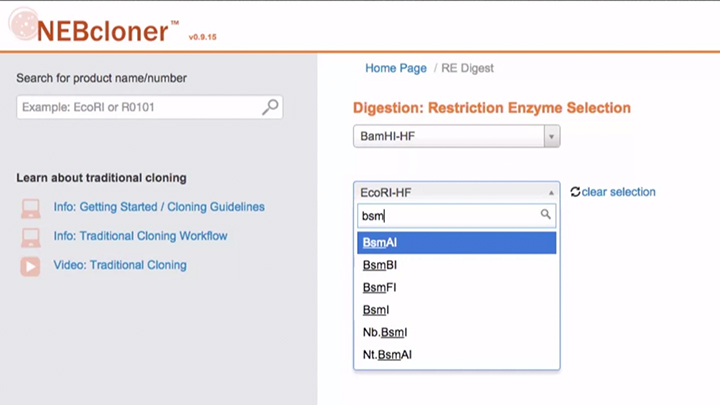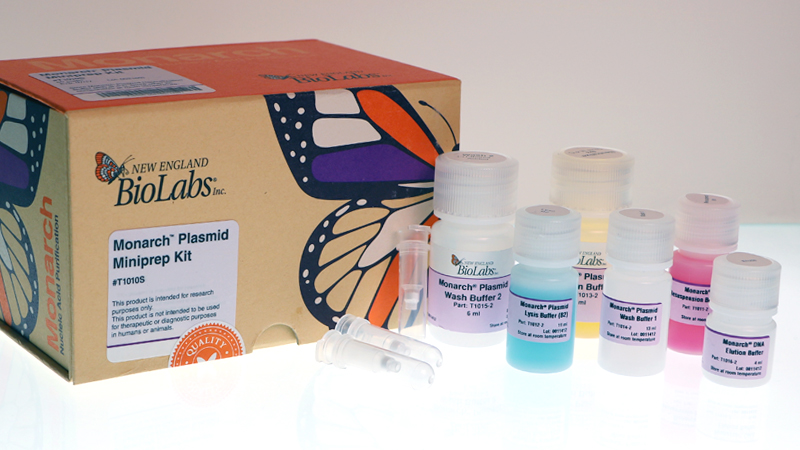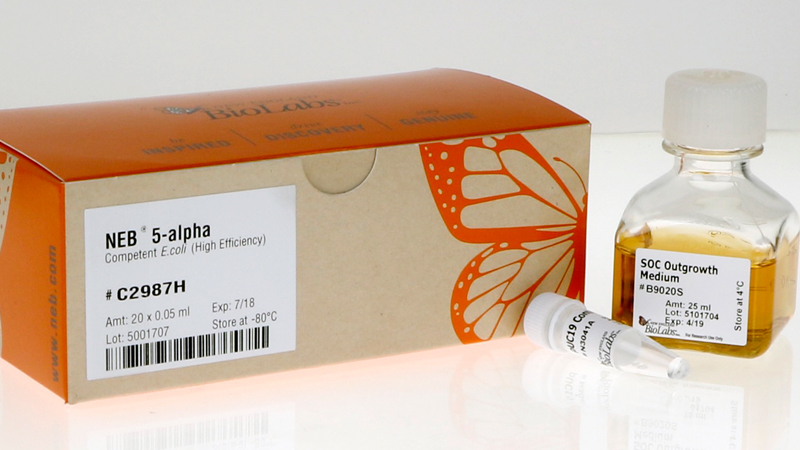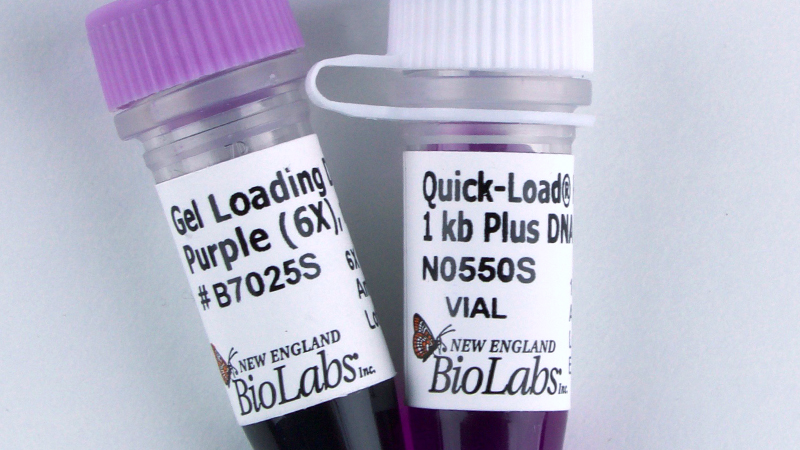BamHI-HF®
Product information| Code | Name | Size | Quantity | Price | |
|---|---|---|---|---|---|
R3136S |
BamHI-HF |
10.000 units ( 20000 units/ml ) | - | Unavailable in your region | |
R3136T |
BamHI-HF, conc. |
10.000 units ( 100000 units/ml ) | - | Unavailable in your region | |
R3136L |
BamHI-HF |
50.000 units ( 20000 units/ml ) | - | Unavailable in your region | |
R3136M |
BamHI-HF, conc. |
50.000 units ( 100000 units/ml ) | - | Unavailable in your region |


